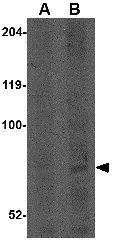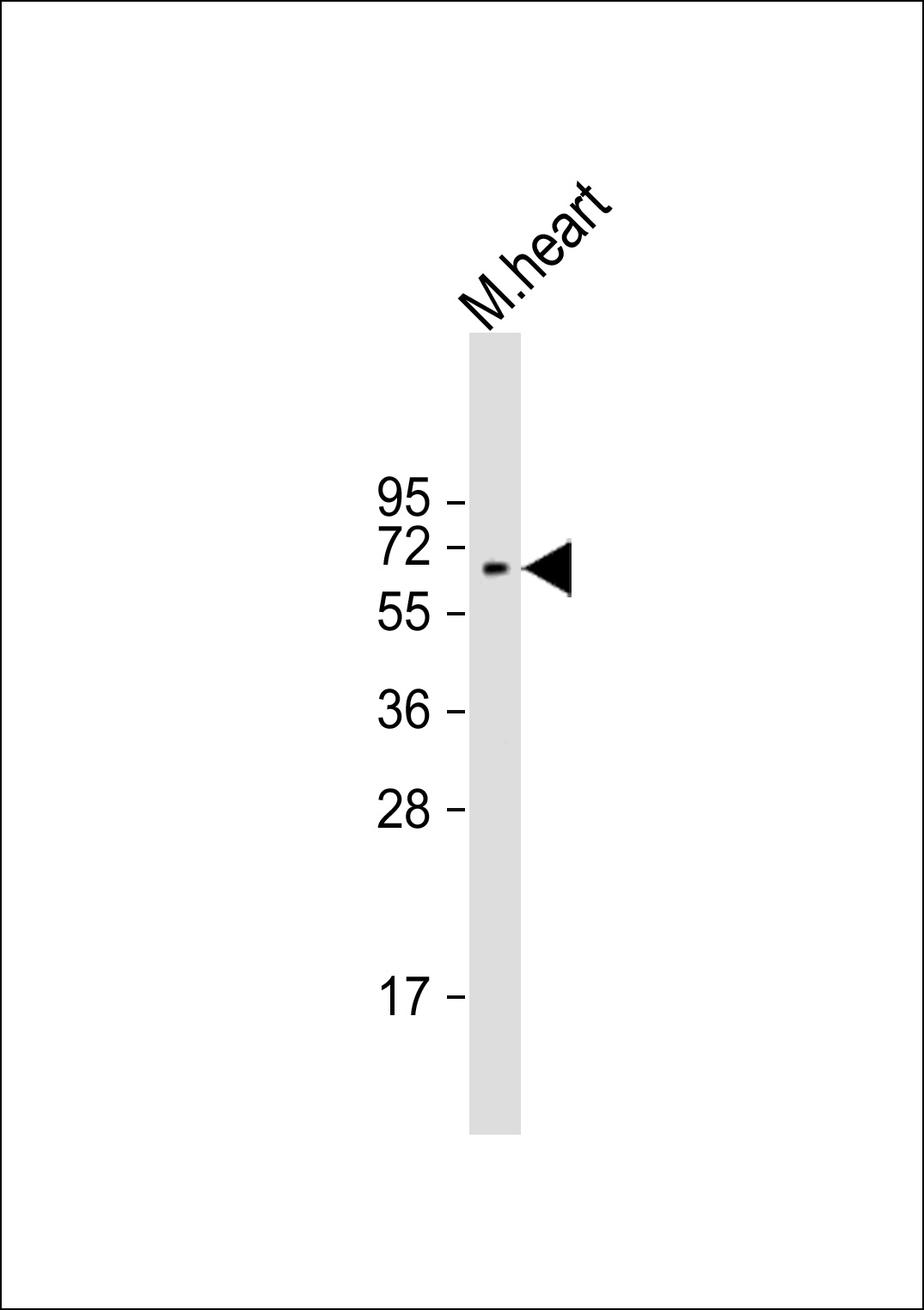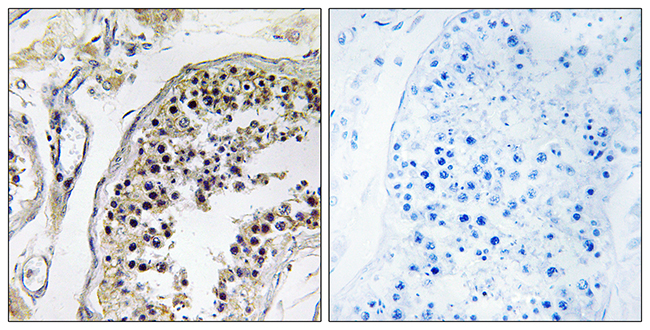
WB analysis of A549 cell lysate using GTX85379 CNOT4 antibody. Working concentration : (A) 1 and (B) 2 microg/ml
CNOT4 antibody
GTX85379
Overview
- SupplierGeneTex
- Product NameCNOT4 antibody
- Delivery Days Customer9
- Application Supplier NoteWB: 1 - 2 microg/mL. *Optimal dilutions/concentrations should be determined by the researcher.Not tested in other applications.
- ApplicationsWestern Blot, ELISA
- CertificationResearch Use Only
- ClonalityPolyclonal
- Concentration1 mg/ml
- ConjugateUnconjugated
- Gene ID4850
- Target nameCNOT4
- Target descriptionCCR4-NOT transcription complex subunit 4
- Target synonymsCCR4-associated factor 4; CCR4-NOT transcription complex subunit 4; CLONE243; E3 ubiquitin-protein ligase CNOT4; NOT4; NOT4 (negative regulator of transcription 4, yeast) homolog; NOT4H; potential transcriptional repressor NOT4Hp; RING-type E3 ubiquitin transferase CNOT4
- HostRabbit
- IsotypeIgG
- Protein IDO95628
- Protein NameCCR4-NOT transcription complex subunit 4
- Scientific DescriptionCNOT4 is a component of the CCR4-NOT transcription complex, a complex that is implicated in the repression of RNA polymerase II transcription. In the CCR4-NOT complex, CNOT4 acts as an E3 ubiquitin-protein ligase and interacts with a subset of E2 ubiquitin-conjugating enzymes through a unique C4C4 RING domain. This E3 ligase activity was shown to be dependent on the selective and specific interaction with the ubiquitin conjugating enzyme UbcH5B. In yeast, mutations in CNOT4 that prevented its interaction with the UbcH5B homolog UBC4 caused increased sensitivity to hydroxyurea, heat shock, and hygromycin B, suggesting that CNOT4 and UbcH5B are involved in stress response in vivo. Multiple isoforms of CNOT4 are known to exist.
- Storage Instruction-20°C or -80°C,2°C to 8°C
- UNSPSC12352203
References
- Degradation of a Novel DNA Damage Response Protein, Tankyrase 1 Binding Protein 1, following Adenovirus Infection. Chalabi Hagkarim N et al., 2018 Jun 15, J VirolRead more






